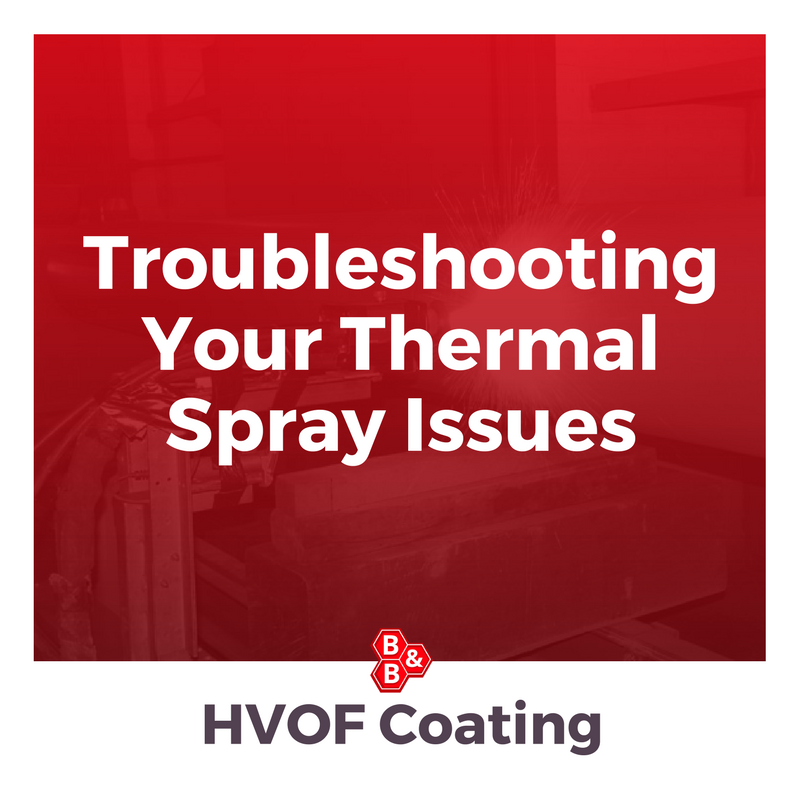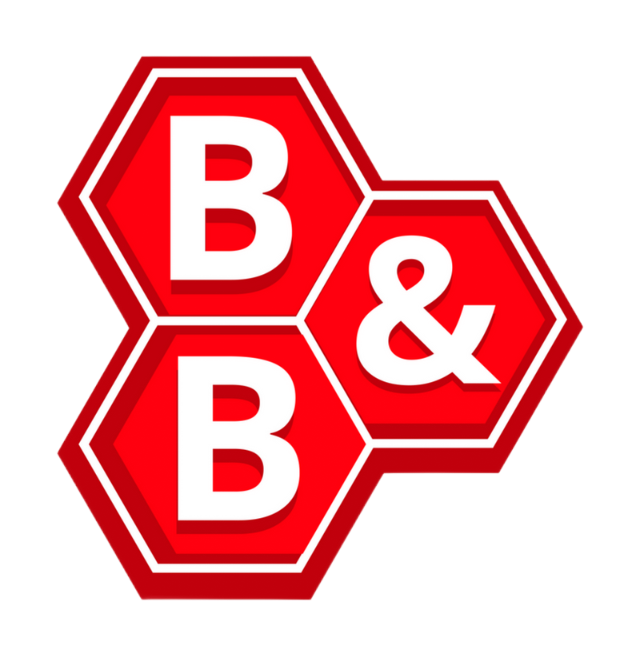
For many sub-contract machinists, the requirement for Thermal Spray Coatings is a troublesome one. Traditional metal finishing processes are largely standardised, familiar and in the cases of specific brands (for example xylan) there will be a large amount of information available. When it comes to Thermal Spray however it can actually be quite difficult to identify the specification and process required and the process itself may be unfamiliar to many.
What’s Your Specification?
One of the key issues our customers encounter is identifying the specification of the coating they require. In many cases a drawing will state the material used for example “Tungsten Carbide Coating” but may not go into the makeup of the coating or the most suitable process. There are also a wide number of different brand names out there for the same coating. In the example of Tungsten Carbide with 17% Cobalt there are no less than 17 different product codes (with different names) from just one powder manufacturer.
Some of the more popular coating brands include woka,amdry,diamalloy,metco,gpxd,terojet to name just a few. A number of providers of HVOF have also got their own brand names for essentially the same coating which further adds to the confusion. Trying to compare different brands or different coatings isn’t straight forward either as nearly all web information will simply promise you hard coatings with high wear resistance.
What’s Your Process?
In many cases the actual process you are looking for may not be specified on your drawing. The size of your component, the end application and the material being coated should normally give you enough to go on however. Chromium Carbide can be applied through PVD (Physical Vapour Disposition) Hardfacing or Thermal Spray. PVD is generally only suitable for smaller sized components such as molds. Hardfacing is a welding process and more suitable for larger components where tolerances are not a key issue and Plasma Spray can carry out a coating process without distortion and so might be used in slurry pumps for example. Different processes are better suited to different materials, but again this does not make it necessarily obvious to those unfamiliar.
What Is The Process?
Thermal Spray Processes are the modern equivalent of metal spraying, although they all have different methods they all essentially take powder or wire material, heat them up and fire them at a component. This is a relatively destructive process and although with the right jigging and systems like our CO² cooling you are able to coat smaller sized components, it isn’t ideal for parts you would normally batch plate. After being coated components will often be ground, lapped and sealed and may undergo heat treatment as well, making the lead time longer than you might expect with plating.
Got Issues? Got Drawings?
If you are a sub-contract machinist who has come across drawings and are unsure on the process and material you need why not get in touch? Even where we may not able to provide the service B&B will happily point you in the right direction as to which process is the best. We try and include as much information as possible about our process and materials to make it easy for our customers but can of course tailor our coating materials to your needs. Get in touch today!


Comments are closed